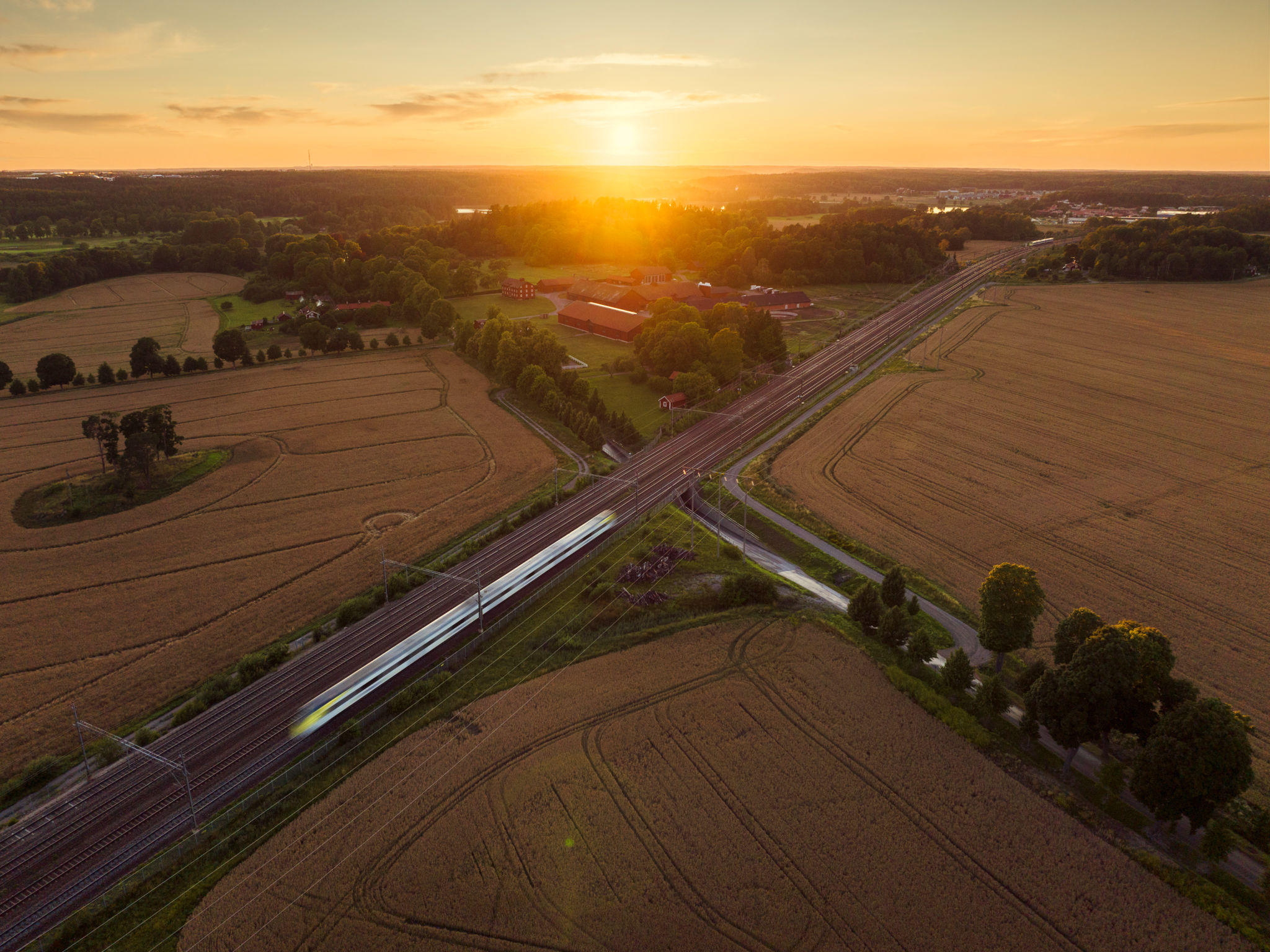Preparing Your Railway Projects for Seasonal Changes in Pulaski County, KY
Understanding the Impact of Seasonal Changes
Preparing railway projects for seasonal changes in Pulaski County, KY, is critical for maintaining transportation efficiency and safety. Each season brings distinct challenges that can affect railway operations, from fluctuating temperatures to varying precipitation levels. Anticipating these changes allows for proactive measures that can enhance performance and minimize disruptions.
In winter, for example, the risk of snow and ice accumulation can lead to delays and hazardous conditions. Meanwhile, the summer months might bring about concerns related to heat-induced track expansion. Understanding these seasonal impacts is the first step in implementing effective management strategies.

Preparing for Winter Conditions
Winter preparation involves a series of strategic actions aimed at mitigating the effects of cold weather on railway infrastructure. One critical area to address is track maintenance. Regular inspections should be scheduled to ensure that tracks are free from defects that could be exacerbated by freezing temperatures. Using specialized equipment to keep tracks clear of snow and ice is also paramount.
Additionally, staff need to be trained for winter operations, which includes managing equipment designed to handle icy conditions and ensuring that all safety protocols are up-to-date. Having a well-coordinated plan in place can significantly reduce the risk of accidents and service interruptions during colder months.
Implementing Effective Communication Systems
Ensuring reliable communication systems is essential during seasonal transitions. These systems allow for real-time updates and coordination among team members, which is particularly important when weather conditions are unpredictable. Implementing advanced technology solutions can facilitate efficient communication channels across different departments.

Adapting to Spring and Summer Challenges
As Pulaski County transitions into spring and summer, the focus shifts to managing issues such as increased rainfall and higher temperatures. Excessive rain can lead to track flooding, erosion, and landslides, all of which require a robust drainage system. Routine inspections and maintenance of drainage systems are crucial during these seasons.
Heat-related challenges include track buckling due to thermal expansion. To mitigate this, railways can employ techniques such as stress-testing tracks and using rail anchors to maintain stability. Monitoring temperature fluctuations can also help predict and prevent potential issues before they arise.

Environmental Considerations
Seasonal changes not only affect railway infrastructure but also have environmental implications. Implementing eco-friendly practices can help minimize the impact on local ecosystems. Using sustainable materials for track repairs and ensuring proper waste management are steps that contribute positively to the environment.
Integrating green technologies such as solar-powered signals or energy-efficient lighting can also reduce the carbon footprint of railway operations. These initiatives not only support environmental stewardship but also present opportunities for cost savings in the long term.
Planning for Autumn Transitions
The autumn season presents its own set of challenges, primarily related to leaf fall. Leaves on tracks can cause issues with traction and braking, leading to delays and safety concerns. Regular track clearing and maintenance become imperative during this time to ensure smooth operations.
Moreover, autumn is an ideal period for conducting comprehensive inspections and repairs in preparation for the upcoming winter months. Taking advantage of this transitional period can help railways maintain a state of readiness throughout the year.
By understanding and preparing for seasonal changes, railway projects in Pulaski County, KY, can continue to operate efficiently and safely, no matter the weather conditions. Proactive planning, regular maintenance, and environmentally conscious strategies are key components in achieving this goal.
